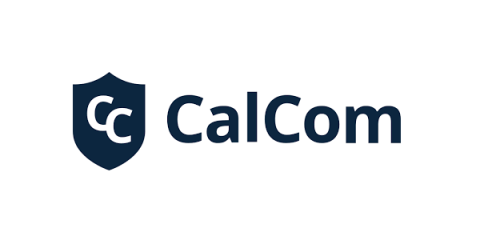CIS Benchmarks Checklist: Is Your Windows Server 2025 Secure? A Guide for Immediate Protection
Windows Server 2025, the latest iteration of Microsoft's flagship server operating system, introducing new features, enhanced performance, and improved security capabilities. However, with these updates come new potential vulnerabilities, bringing with it the need for robust security configurations to protect against evolving threats. This is where benchmarks and hardening practices come into play.




